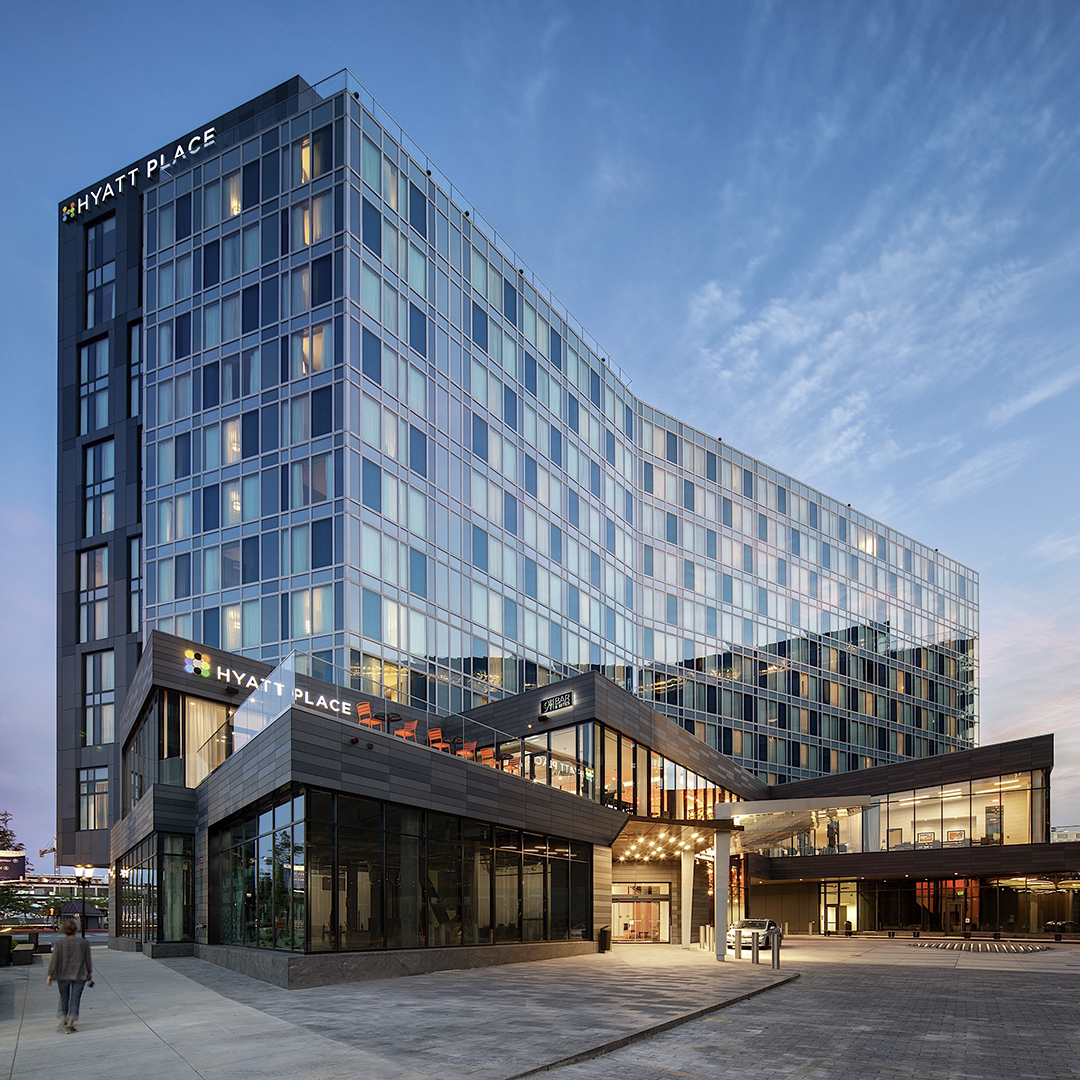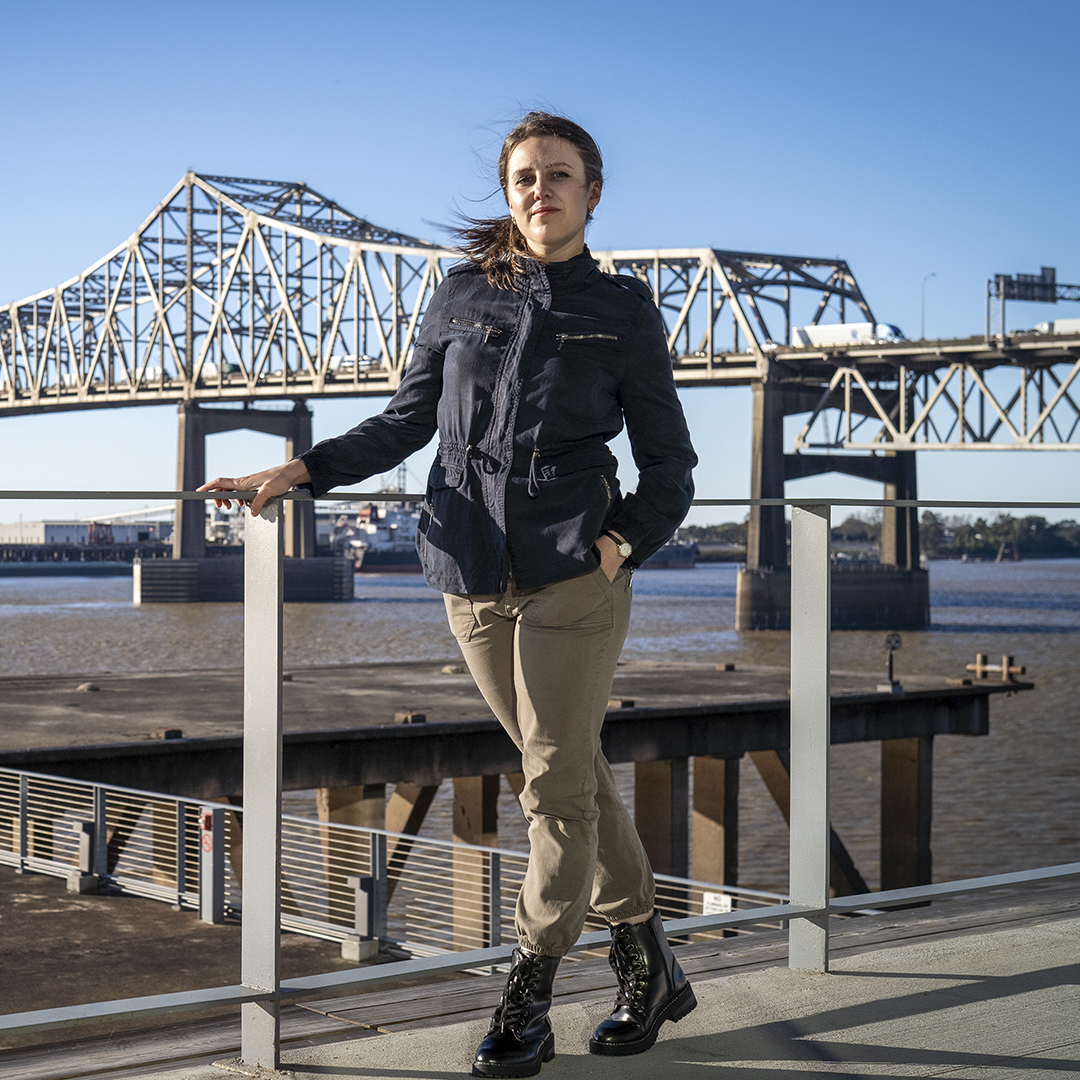|
Getting your Trinity Audio player ready...
|
Cheese, pickles, onions, lettuce, tomatoes, ketchup, mustard, and, of course, a four-ounce flame-grilled patty with a sesame seed bun. While the standard options are fairly simple, devoted fans and fast-food aficionados know there are 1,024 ways to have a “Whopper” sandwich. Burger King restaurants introduced the “Have it Your Way” slogan in 1974 and never looked back. Now, the iconic brand is introducing two modern building concepts designed to bring a new, personalized experience to drive-through and dine-in customers alike.

Chris Mott is head of architecture, design, and construction for Burger King Corporation’s Americas region. The fourth-generation contractor says the new plans came about in direct response to the COVID-19 pandemic. “The world is changing, and we have to change with it,” he explains. “Our first concern is the safety of our employees and our customers.”
When the pandemic first hit, Mott worked with leaders from Burger King and parent company Restaurant Brands International (RBI)—which also owns Tim Hortons and Popeyes—to provide personal protective equipment and install plexiglass screens, distancing stickers, hand sanitizer, and other safety measures.
But as the crisis raged on, Mott and his colleagues started to realize the restaurant industry was destined to change forever. “We can’t expect consumer behavior to simply revert to where it was before. We need to adapt our building plans to what we see as a permanent change,” he says. “It’s actually a huge opportunity for us to leverage technology and outpace competition by giving our loyal customers the exact experience they’re looking for.”

Burger King and its franchisees operate almost 18,000 restaurants in more than 100 countries. Together, they serve 11 million guests each day. North America is home to about 7,400 locations, where nearly 70 percent of sales typically occur at the drive-through window. In March and April 2020, that figure shot up by 26 percent. COVID put alternative options like walk-up, delivery, and curbside service in high demand.
Mott and the in-house design team considered these and other factors as they fast-tracked two new plans that were first tested at Miami corporate locations and are now ready for a general rollout in 2021. The first building concept is known as “Your Way.”
The drive-through-only location is filled with tech features that increase options and work together to provide a truly contactless customer experience. “We want our customers to interact with us however they are the most comfortable,” Mott says. Diners can drive through one of two lanes, pick up food from mobile lockers, order at a walk-up window, or scan QR codes for delivery to parking spots beneath solar-powered canopies complete with electric vehicle charging stations. While dine-in is not an option, customers can eat at an outdoor patio space. The Burger King Your Way design is roughly half the size of its standard restaurant.

As the name implies, a second design known as “Next Level” takes Your Way up a notch. “This is about creating a touch point where we can push the limits of design to create a truly unique experience for our guests,” Mott explains. Customers who pull into a Next Level Burger King location will find a digital drive-through menu board that uses proprietary predictive selling technology to offer special and customized promotions based on previous orders, seasonal weather, and time of day. Drivers don’t talk to an employee or pay with cash. Instead, automated conveyor belts deliver orders directly to customers from an overhead kitchen and indoor dining space.
There are more changes in store at Burger King. “Design is always trying to catch up and be relevant,” Mott says. “The pandemic is driving us to create a different type of new building, but we’re also changing the way we approach existing buildings.” Burger King is doing that by introducing a new building type known as the “Pavilion Building.”
Unlike many competitors, Burger King uses clerestory glass around front and side entrances to provide high visibility into restaurants. The move shows off decor, kiosks, serve delivery, and other touches design teams have worked so hard to provide. Inside, guests will find “tech-advanced” community tables where they can work on laptops or charge devices. Overhead, oversized decorative lighting elements resemble crowns and Whopper sandwiches. The sleek pieces call out signature branding from Burger King and entice customers to take selfies and share their experiences on social media.
Mott, who started helping family members on job sites at an early age, has been with Burger King Corporation for nearly a decade and credits RBI with creating an atmosphere where innovation is born. “Our executive leadership team trusts us and gives us the resources and the freedom to do what we do best,” says the design head, adding that people from Burger King, Tim Hortons, and Popeyes work together to share best practices and uncover important synergies.

In late 2020, RBI announced plans to introduce similar “modernized drive-through” experiences at 10,000 North American locations by the summer of 2022. Each location will receive several 46-inch digital menu boards that integrate with loyalty programs. The weatherproof installations withstand extreme elements and are clustered together for redundancy and 24/7 networking monitoring. These steps ensure speed and quality and help RBI deliver on its promise to provide great food at an affordable price. At Burger King, Mott is focused on treating every guest like royalty.


